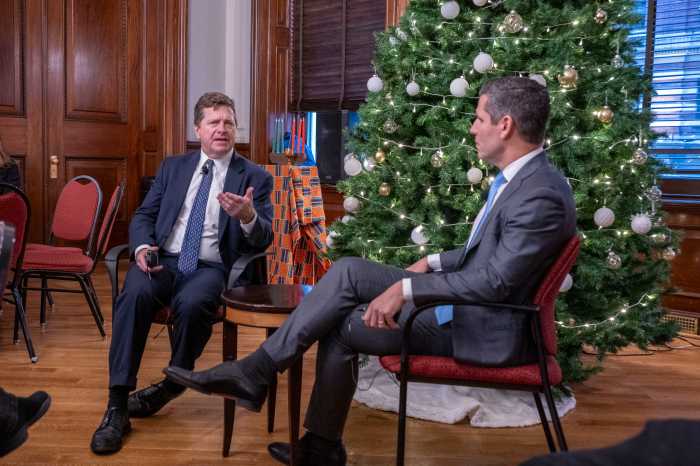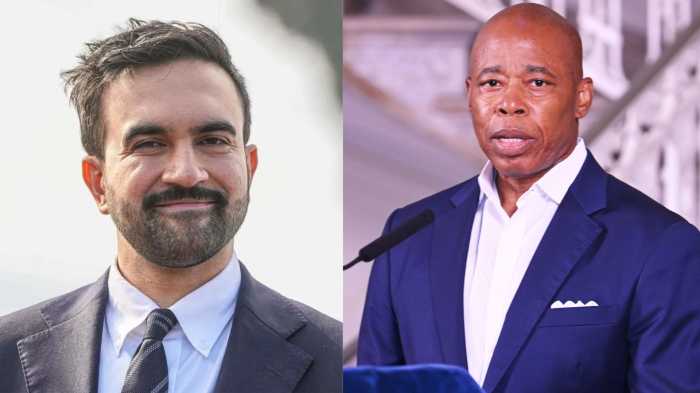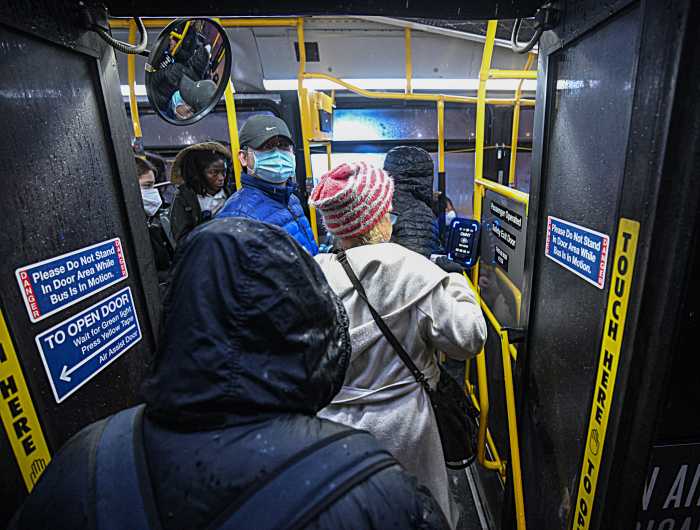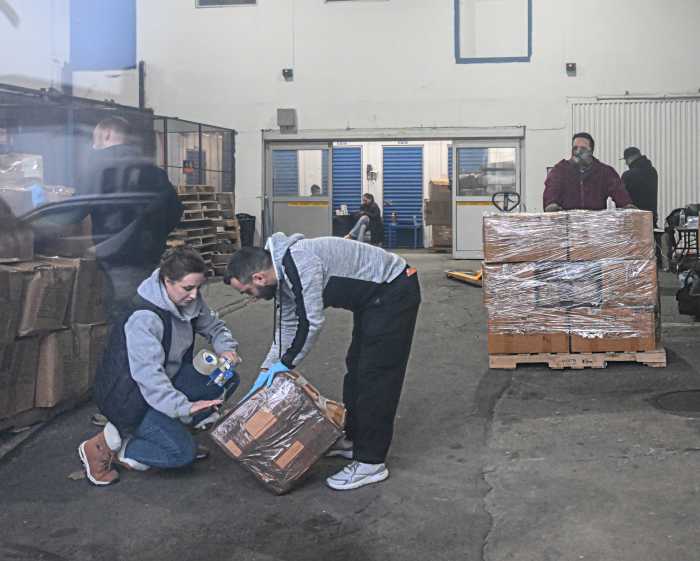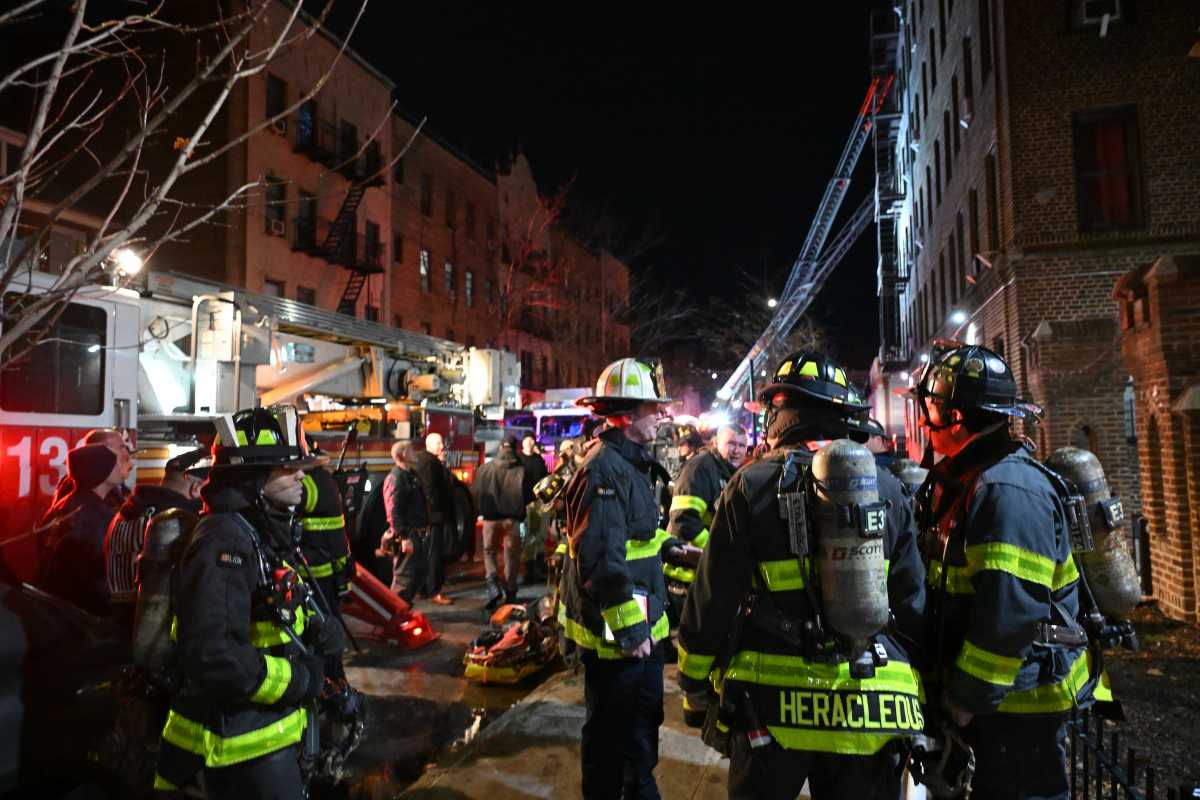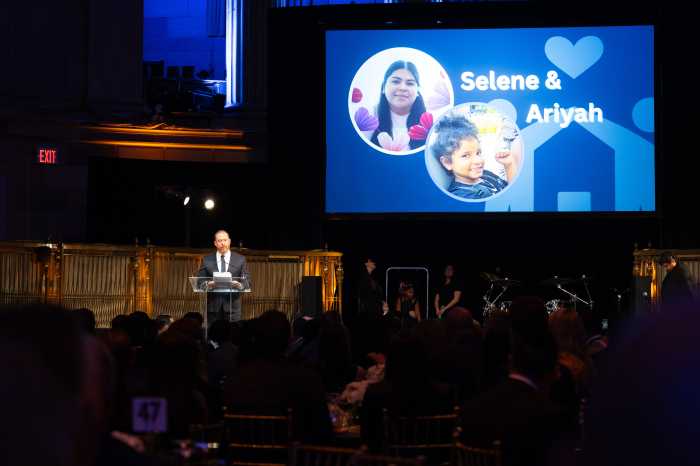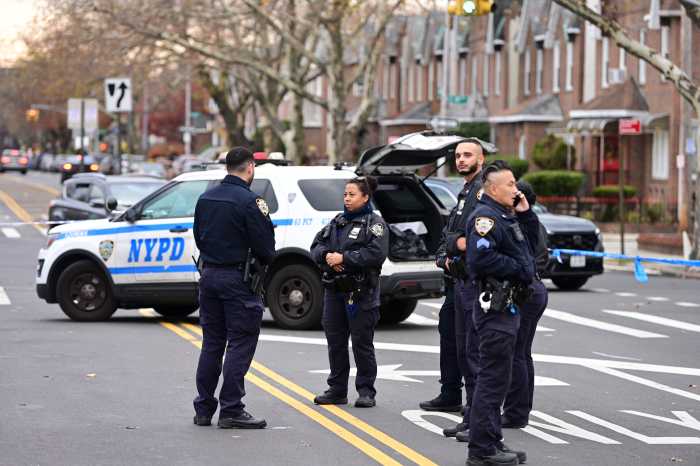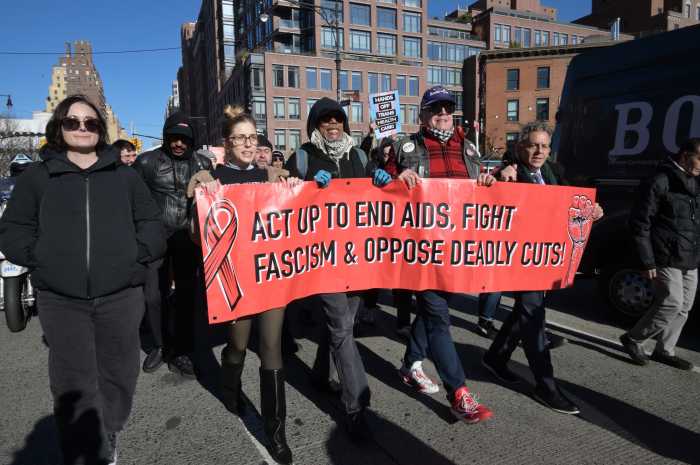BY ALINE REYNOLDS | On December 22, 2010, 9/11 health advocates won a hard-fought battle to persuade the U.S. Congress to pass the James Zadroga 9/11 Health and Compensation Act.
Now, just days after the law’s one-year anniversary, 9/11 victims seeking compensation from the federally-subsidized Victim Compensation Fund are busy compiling their medical records dating back to the early 2000s.
Some 1,600 victims in particular who have ongoing lawsuits against New York City, Downtown building owners and others entities, face the difficult decision of choosing between continuing litigation or applying for federal compensation under the law — since V.C.F. claimants must discontinue their lawsuits by January 2, 2012 in order to be eligible for the federal government funds.
While V.C.F. claimants have the advantage of a government-set time frame, unlike lawsuit plaintiffs, those who drop their lawsuits in order to apply for V.C.F. money could be taking a gamble if they’re among those hoping that cancer and other 9/11-related illnesses not currently covered by the V.C.F. are not eventually added to the legislation, according to Sean Riordan, an attorney for the FealGood Foundation who has been assisting V.C.F. claimants in the application process.
“I think it’s an incredibly difficult choice,” said Riordan. “While we’re hopeful the V.C.F. will add cancer at a later date, the fact of the matter is, we have no way of saying it definitively will be added.”
V.C.F. attorneys such as Michael Barasch insist that winning a V.C.F. award is more realistic than winning a lawsuit against the city. “The law suit is a very tough case — you have to prove the city is negligent,” said Barasch.
“It’s much more in their interest to withdraw their lawsuit against those claims and file under Zadroga,” echoed V.C.F. attorney John Dearie. “The reality is, most of the defendants… probably have minimal liability and not much insurance to cover [individual claims].”
Paul Napoli, who has negotiated more than 10,000 workers’ claims against New York City, argued that it’s worth sticking out the pending litigation, particularly since he believes federal judge Alvin Hellerstein will be resolving the majority of the remaining cases in the next two years.
“Now that the volume [of lawsuits] is diminished, it shouldn’t be a problem for the court to be able to complete discovery and start scheduling trials within the next year,” said Napoli. “I think they’ll start next week, quite frankly.”
However, T.J. Gilmartin, a 9/11-recovery worker who won $12,000 in the 2010 settlement against the city, said he is dubious about the length of time for these and other such 9/11 cases to be settled.
“[The first settlement] took seven years,” said Gilmartin, who has struggled financially since he was forced into retirement due to poor health in 2008. “I can’t sit here and wait for another lawsuit — I could be dead in seven years. The V.C.F. has a timeline, so at least I can plan what’s left in my life to do.”
V.C.F. vetting process to begin in 2012
So far, Special Master Sheila Birnbaum has received upwards of 1,700 completed registrations. Less than 100 individuals, however, have already submitted eligibility forms, the first phase of the V.C.F. application. Birnbaum is organizing additional free legal clinics for the New Year, details of which will be posted on the V.C.F. website, www.vcf.gov. Her team is also working on a video for the website that will guide applicants through the application process.
“I feel like we’ve accomplished a great deal from scratch since October, [when the fund was open for registration],” said Birnbaum. “I’m very pleased with the fact that we have all the forms up on the website, and that our frequently-asked questions are getting revised for people to use.”
As she awaits the completed applications, Birnbaum is beginning to train members of a panel who will be charged with evaluating them. “We’ll begin the process as soon as we have enough forms. I think it’ll start in the next month or two, at the latest,” she said.
Asked about the one-year anniversary, Birnbaum said, “We’ll celebrate when we get our first awards out.”
Riordan, who is keeping a close eye on the program, reported that things are moving along “at a good speed.”
“There really haven’t been any major setbacks at this point,” said Riordan, who is not expecting more than 20,000 individuals to apply for V.C.F. money. “Really, you need to have severe impairment to get into the fund.”
Dearie has accrued approximately 175 applications thus far. The most common illnesses, he said, have been gastroesophageal reflux disease and sleep apnea.
“There are some indications the number will jump fairly significantly over the next couple of months as the filings get started,” said Dearie.
While the application process is straightforward, making a compelling compensation case requires an “awful lot of substantiation,” according to Dearie. “It’s a moderately comprehensive and complex document to put together. Anyone who does it alone is at their own peril.”
Barasch, who has heard from approximately 1,200 potential V.C.F. claimants thus far, said he’s in no hurry to submit the claims. “Whether you apply now or apply a year from now, you’ll get the same [total] amount of money in five years for the same injuries,” he said. “So you might as well take your time and do it right.”
“There’s no need to hurry the process,” affirmed Birnbaum. Full V.C.F. payments, she noted, won’t be made until 2016, after all the claims are filed. “They have five years to file.”



